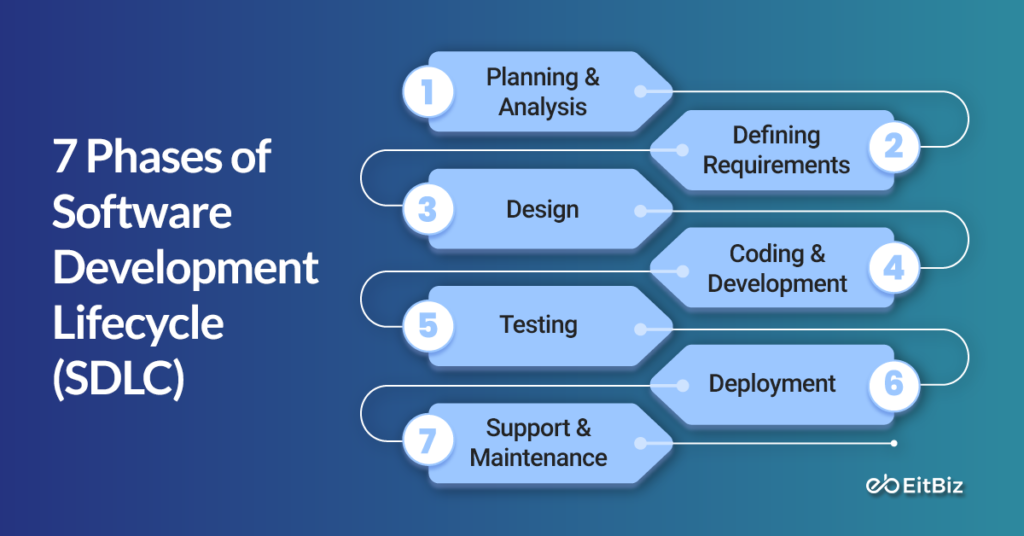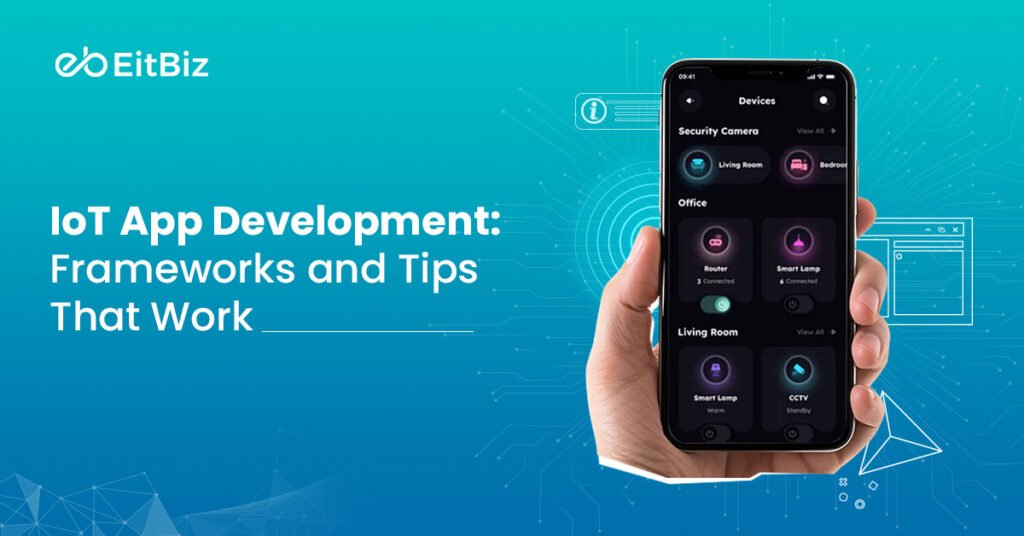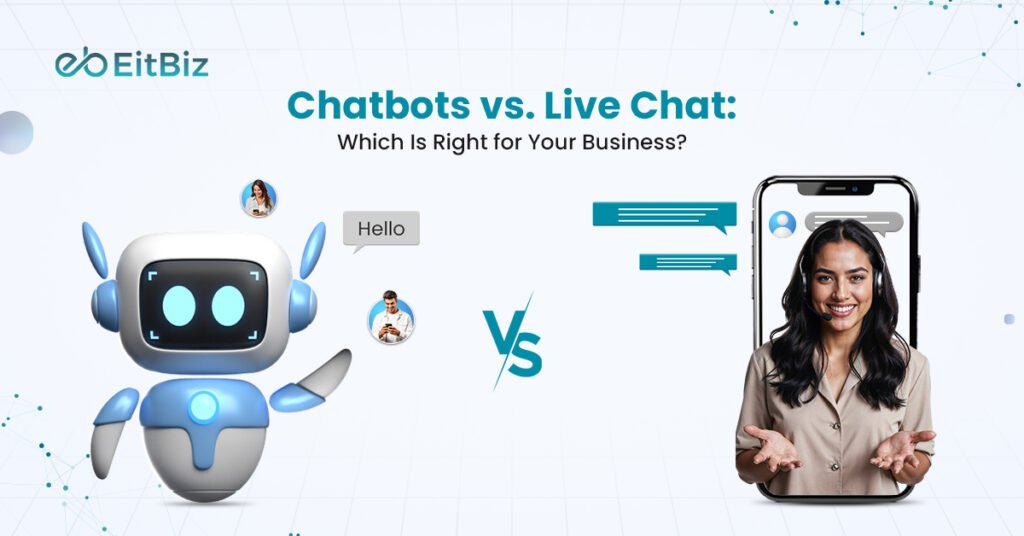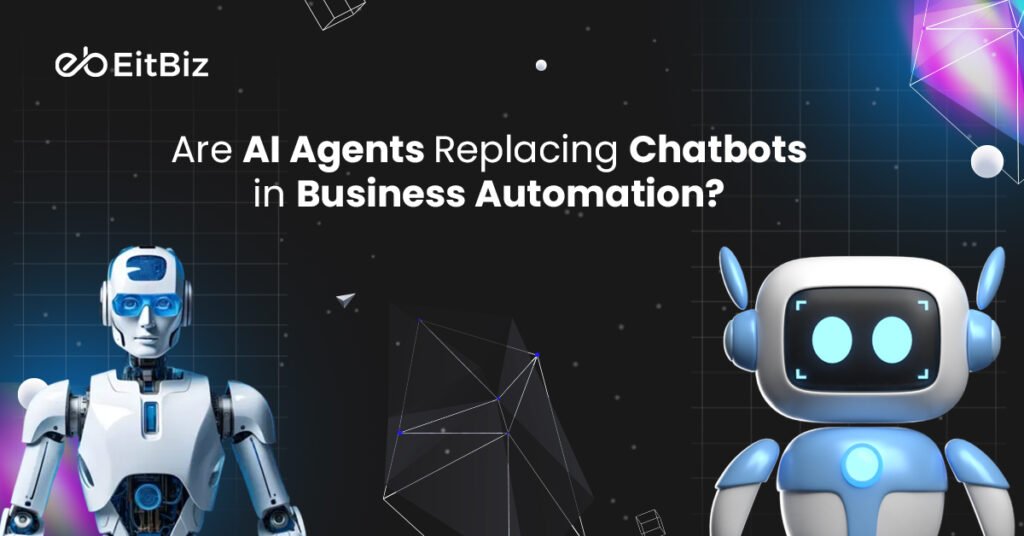It’s 2025!
A business without technology is like a body with no soul!
Every business, from startups to MNCs, relies on software that aligns with their business needs and achieves tangible business results.
But here’s the catch!
Development software isn’t a cakewalk, instead, it requires a structured and systematic approach. If you haven’t done it before, you’ll likely run into mistakes and ultimately, fall behind your competitors!
This is where the importance of the Software Development Lifecycle (SDLC) comes in!
In simple terms, SDLC is a process that development teams use to build high-quality, feature-rich, and scalable software tools that resonate with your business. Depending on the tasks, developers can employ robust frameworks and libraries to perform a series of steps, including planning, designing, deployment, and maintenance.
Are you ready to build the “GOAT” software tool for your business? If so, let’s dive in!
Understanding SDLC
In layman’s language, the software development lifecycle (SDLC) includes a systematic approach to building, maintaining, and enhancing software to meet specific business needs. Developers may implement SDLC to foster a wealth of business benefits, including enhanced communication, minimized risks, and improved predictability.
Did you know?
According to Hutte.io, nearly 70% of organizations prefer quality assurance (QA) and testing. Furthermore, only 14% of software development teams claim their testing is at an advanced stage.
Sounds surprising, doesn’t it?
Well, implementing SDLC can give you an edge over your competitors in many ways, including;
- Efficient planning, estimation, and scheduling
- Enhanced visibility of the development process.
- Increases project development speed from conceptualization to deployment.
- Decrease the project risk and plan for the upcoming projects in the pipeline.
- Boost project Visibility and improve client relations.
- Delivering software that meets customer expectations and increases satisfaction.
That’s the power of SDLC!
Now, we’ll move on to the phases included in the software development lifecycle!
Let’s get started!
7 Phases Included in the Software Development Lifecycle (SDLC)

Building software is a lot more than you think! From planning to deployment and maintenance, let’s dive into the phases included in the SDLC.
1. Planning & Analysis
The first step in the development of software is the planning stage which includes understanding business requirements from your client. The initial stage involves creating a comprehensive project plan that evaluates the project scope, the cost of production, revenue potential, requirements of the target audience, and more. Once developers determine the project planning, it’s time to move on to the next task.
2. Defining Requirements
After planning a systematic roadmap to the software development lifecycle, it’s time to acknowledge the software requirements in a document form. Also known as “Software Requirement Specification Document”, the document includes everything about the development process and how it’s going to be designed. These aspects include;
- System Design
- Programming Language
- Platforms to use
- Templates
- App Security Measures
- Cyberlaw requirements
- Post-deployment procedure
3. Design
It plays an incredibly important role in building the blueprint of your software development lifecycle (SDLC). Remember that how your software looks impacts a lot on attracting your target audience and converting them into customers. Furthermore, an expertly curated software design helps promote team collaboration and eliminate vagueness. When it comes to designing software, two types of design documents to consider;
| High-Level Design (HLD) | Low-Level Design (LLD) |
| It includes an outline of the functionality of every module. | Low-level design, on the other hand, includes comprehensive module details. |
| Short description of each module. | This design includes a list of error messages that may occur during the software development lifecycle. |
| Architecture diagrams in addition to technology information. | Furthermore, this kind of design comprises the size and type of database tables. |
| Displaying interface relationship between modules. | The low-level design offers complete interface details and addresses all dependency problems. |
| It defines database tables along with their key elements. | LLD, on the contrary, includes complete input and outputs for every module. |
Note: Designing a prototype of the software product may enable developers to visualize the final output. Moreover, they can easily make changes on the go without running into the hassles of rewriting the code.
4. Coding & Development
It is the longest step in the software development lifecycle wherein developers write code and focus on the development aspect. Developers select a pre-programming language to translate visual elements, interactions, and functionalities.
Tip: Hire software developers who follow reliable, sustainable, and scalable coding practices to make your app stand out. Additionally, check their reviews and online reputation before making a call.
Let’s discuss the activities involved in the development phase;
- Using Reliable Tools
- Writing Clean & Error-Free Code
- Conducting Unit Testing
- Implementation of APIs & Essential Components
5. Testing
Always perform rigorous testing before you deploy your software product to ensure its functioning properly. Furthermore, testing is incredibly important to identify potential UI or coding errors and eliminate them. The entire process goes back and forth until developers are fully satisfied that there is nothing left. Every developer works hard to ensure the robustness, scalability, safety, and functionality of the software is intact.
Let’s go through some of the stringent QA that developers follow;
- Unit Testing: Includes testing of the individual software units or components.
- Integration Testing: Includes verification of interaction between different modules.
- Functional Testing: It ensures software meets the requirements.
- System Testing: It is conducted to test the potential of a software system.
- Acceptance Testing: It is the final testing stage which ensures software must deliver what it’s designed for.
6. Deployment
After performing all the steps, it’s time to launch your software product on the market. Developers ensure that the product is designed, developed, and tested before making a final call. Keep in mind that the launch stage means that the software product is free from any bugs and issues. Furthermore, when the product is successfully released, developers keep an eye on its performance consistently.
This brings us to the final point in the software development lifecycle.
7. Support & Maintenance
Once the software product is deployed across multiple platforms and customers start using it, developers always look out for consistent support. After the app deployment, developers generally work on these key aspects;
- Upgrade: It includes upgrading the software to its latest version.
- Enhancement: Addition of new features to the existing software product.
- Bug Fixing: If any user reports bugs, developers look into the matter and fix them.
Now, that you understand the steps in the software development lifecycle (SDLC), it’s time to unwrap the popular SDLC models.
List of Popular SDLC Models
In SDLC, many models or frameworks manage the software development process differently. Here are some of the commonly used SDLC models.
Model #1: Agile
This methodology is incredibly efficient and helps in quick development cycles that help developers to identify issues. If your software development project requires quick actions and frequent delivery, it is an ideal choice. Furthermore, it promotes enhanced customer interaction, continuous improvements, and early delivery.
Model #2: Waterfall
This popular form of software development model helps break down the complex aspects into tiny phases. Thus, it makes it easier for the team to work. No matter how large or small the team is, the framework is easy to understand as deliverables are clearly defined. Furthermore, it perfectly arranges all phases with new phases depending on the result of the previous one.
Model #3: Iterative Model
It is an extension of the “Waterfall” model but has enhanced flexibility. Under this framework, developers begin development with minimal requirements and then iterate to enhance versions until they don’t get the desired quality. After each iteration, developers receive feedback to continuously refine the software. It is best for managing projects with higher flexibility.
Model #4: Spiral Model
Under this model, all the team members efficiently utilize one or more models to proceed with the software lifecycle development. Moreover, this model is ideal for managing complex projects with multiple changes.
Model #5: DevOps Model
Because it depends on frequent updates and feedback loops, it involves the entire team members to work in tandem and optimize the software lifecycle. In addition, the model allows the integration of AI, which facilitates reduced complexity and better product delivery.
Conclusion
So, there you have it! There’s no denying that the software development lifecycle facilitates the smooth and quick development of software. Implementing the right SDLC can help you build a solid and scalable software product that may help grow your business.
Planning to build a software product but have no time? If so, leave everything to EitBiz!
We are a leading software development company that harnesses the modern tech stack and proven methodologies to foster unparalleled efficiency, reliability, and customer satisfaction. Partner with EitBiz today and let’s embark on your software development lifecycle journey. Call us at +1 (812) 530-6300 or mail to info@eitbiz.com today to get a free consultation from our software developers!
Author
-

EitBiz is a fast-growing and dynamic software, mobile app and web design and development company, expanding to multiple countries.
View all posts




